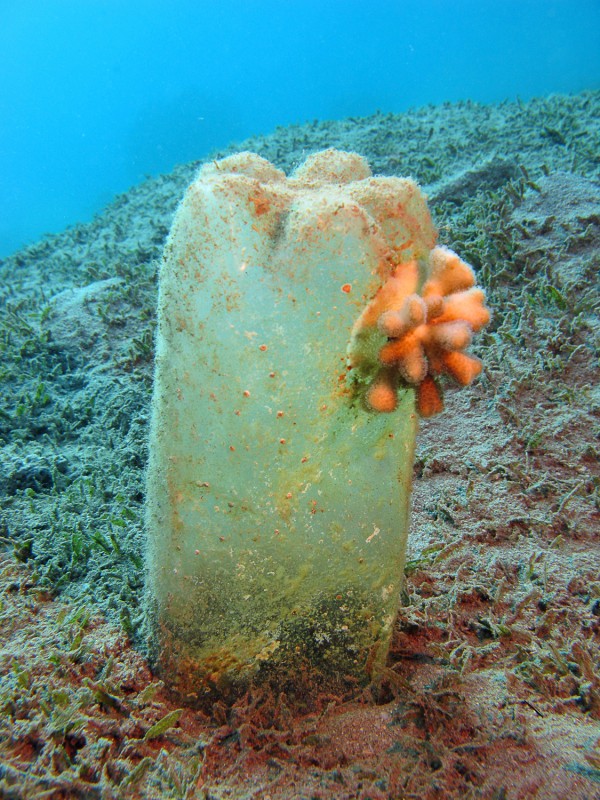Marine Plastic Merits Further Study, Scientist Says

Though awareness of the impact of marine debris — namely plastic litter — has been growing throughout the last several decades, Dr. Kara Lavender Law of the Sea Education Association said the discipline merits more study before accurate conclusions can be drawn.
In an April 30 presentation during Maine’s 20th Annual Recycling & Solid Waste Conference at the Samoset Resort in Rockport, Law said there is a great deal of misinformation being propagated regarding the nature and impact of marine refuse, even by “reputable” scientists.
“You may have heard phrases like ‘floating landfill,’ ‘island of trash,’ ‘twice the size of Texas,’ ‘more plastic than plankton,’” Law said during her address, which she delivered via Internet video conferencing tool GoToMeeting. “Unfortunately, these ubiquitous phrases and images perpetuate common misconceptions.”
According to Law, waste matter accumulations such as the Great Pacific Garbage Patch do not consist of large matter, but millimeter-sized particles that make up an estimated 60 to 80 percent of marine debris, the ultimate life span of which is unknown.
Smaller pieces of plastic may in fact create a higher risk to ocean health, Law said, as the material’s dispersion creates a much greater surface area over time. In order for materials to be considered truly biodegradable, they must be able to be broken down into their basic chemical components and safely metabolized by organisms.
Law said SEA’s data was collected by 4,000 undergraduates, who conducted more than 6,600 fine-mesh net tows on the ocean surface between 1986 and 2010, and individually counted the approximately 110,000 pieces of plastic refuse gathered by the studies.
Most of the material collected was high-density polyethylene, low-density polyethylene and polypropylene — more commonly known as plastic types two, four, and five, Law said — which seems to accumulate in subtropical gyres across the globe. While 37 percent of net tows contained no plastic refuse, Law said those tows took place outside the accumulation zones.
Law said the data collected indicates there are more than 11,000 metric tons of debris in the oceans, although there have been no “statistically significant” trends demonstrating an increase or decrease in this figure during SEA’s quarter-century of monitoring. However, due to EPA regulations regarding resin pellets, the presence of that matter decreased by 91 percent from 1986 to 2010.
Ecological impacts of marine debris — including entanglement and ingestion — are well-known regarding individual organisms, Law said, but the effects on population groups have not yet been thoroughly studied.
Additional ramifications of marine debris include the ability of some plastics to act a sponge for toxins, as well as transport non-native species over vast distances. Public safety impacts may include seafood contamination and pathogenic transport — although Law said the potential for such debris to carry radioactive material has been mostly put to rest following the 2011 earthquake and resultant tsunami off the coast of Tōhoku, Japan.
Attempting to gather plastic particulates via sifting would likely create more harm than good, as plankton vital to the ocean’s health would also necessarily be removed from the environment.
Law said she is focused on reducing the use of single-use packaging and changing consumer habits in order to effect change on the amount and nature of plastic refuse in the ocean.
“The message I’m trying to send is that really, in terms of the marine environment…the only reasonable approach is to control [marine debris] at the source,” Law said.
Photo © Ziggy Livnat, Marine Photobank



